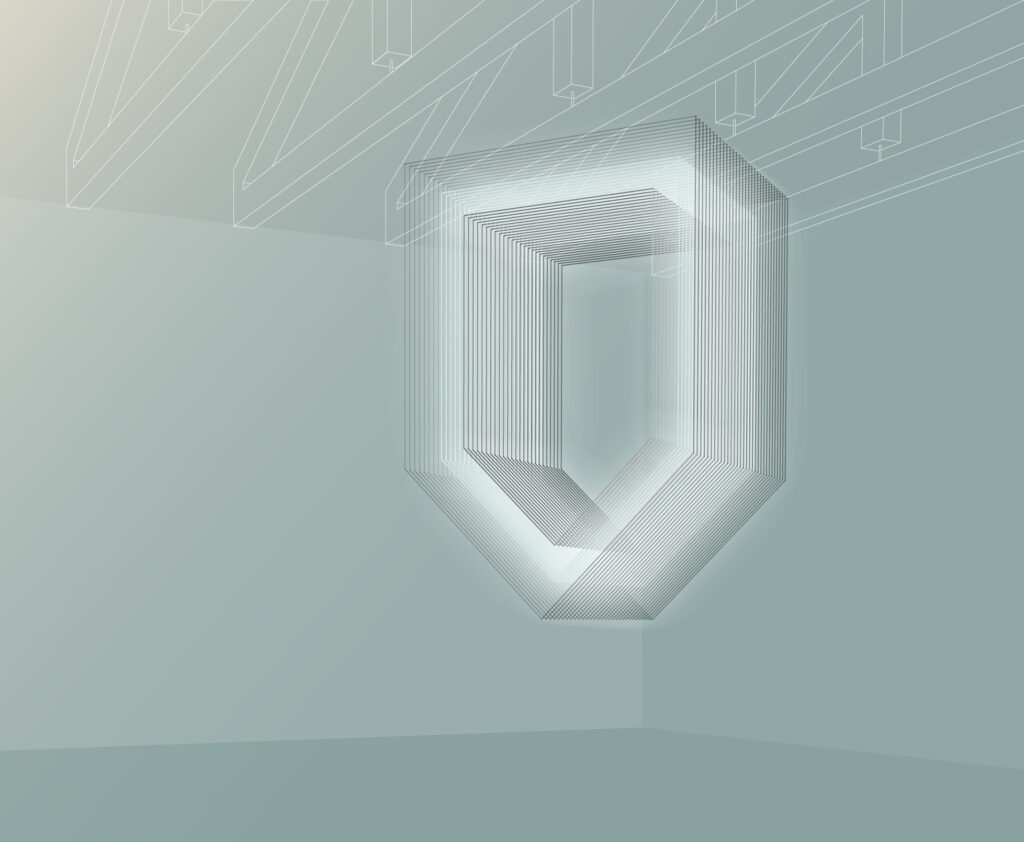The Project

Up to the present day, migration plays a significant role in the social development of Kosovo. It manifests itself in different forms, which differ in motives, manner and duration. The exhibition deals with a special form of migration, which illustrates that the migratory process is not completed with the simple move to another country. It often takes place in different phases, some of which end in a return to the home country. This return can be temporary, seasonal or permanent, but what they all have in common is that they ensure that connections and networks of different kinds are created between the homeland and the hostland. This form of migration can be described with the concept of translocality, a model of life that is becoming more and more prevalent – people living in multiple places at the same time, maintaining connections between hostland and homeland through communication, transfer of knowledge, information, material and immaterial goods.
In the course of the tense political situation and an ever-worsening marginalization of the Albanian population during the breakdown of the Yugoslavian Republic, hundreds of thousands of people sought refuge and protection abroad. In some cases, this flight would often last for decades without return.
During this conflict- and war-related migration wave in the late 1980s to the late 1990s, people fleeing found temporary arrival mostly in OECD countries, regulated in the form of a residence permit as politically persecuted persons. This legal status did not provide for a return to the homeland as long as the reason for flight had not been resolved and lifted. For many refugees, this represented a state of waiting and lingering, because the reason for migration was not a self-determined one – on the contrary, it was violently imposed from the outside.
The perceived locality of this migration group is the starting point for a spatial-philosophical narrative: transcendent locality. The concept of transcendence is variously described and defined from ancient to contemporary philosophy. Common to all meanings is that transcendence implies the process of crossing a boundary that separates two fundamentally different spheres.
For the individuals living in migration, the circumstance of not being able to return to their homeland for an indefinite period represented a deep caesura in their lives. On the one hand, the migrated individuals were physically present in the hostlands. superficially managing their everyday life and functioning in their new environment. But on the other hand, the emotional presence was a different matter: due to the conflict, attention and thoughts revolved around the abandoned homeland, fears and insecurities often did not allow the individuals to arrive in the hostland. They were located in an intermediate state between the physical present and the abandoned before. In this state, boundaries between the immanent being in the present and the transcendent being in the mind blur – the migrated individual is in a transcendent locality.
This project explores the impact of transcendent locality on immanent space in the short and long term: how the return of migrants after the war has affected Kosovar cities and how the social migration networks, which developed in the hostlands, impact on urban space in the form of translocal urbanism. It opens discussions on how urban planning can respond to these specific conditions in order to create urban resilience and liveable cities.
The installation serves as a metaphor for the idea of transcendence – the physical representation of a subjective state. It consists of an outer and an inner frame made of aluminium, in the middle of which a further frame made of neon tubes is located. All of these are multiplied horizontally.
Fragments
The installation is modularly assembled from individual parts. In the context of the project, this is how the transcendent locality is also composed. Individual fragments of memories and stories from the homeland are complemented by new impressions and experiences in the hostland and embed the transcendent locality in it. Memories and new impressions mean that this place is subject to a constant dynamic and never reaches a final state.
In between
Through migration, the center of life is left behind and, with increasing time, is supplemented by a second home in the hostland – this can be seen as a gain. Translocality, however, also strengthens the state of being in between.
The exterior and interior frames pick up on this motif as fixed constructions, in which the feeling of being in between is picked up by the neon.
Multiplication
The subjective confrontation and reflection with one’s own transcendent and immanent location in the context of migration is repeated again and again and becomes a constant companion.
The installation as a physical construct and as a metaphor depends very much on the individual perspective. Viewed from a distance, fragments, layers and spaces in between result in a coherent picture and, conversely, dissolve into their individual parts with increasing proximity – similar to the transcendent locality, which transforms into translocality and no longer lets people leave the intermediate state of proximity and distance between two places of being at home.

